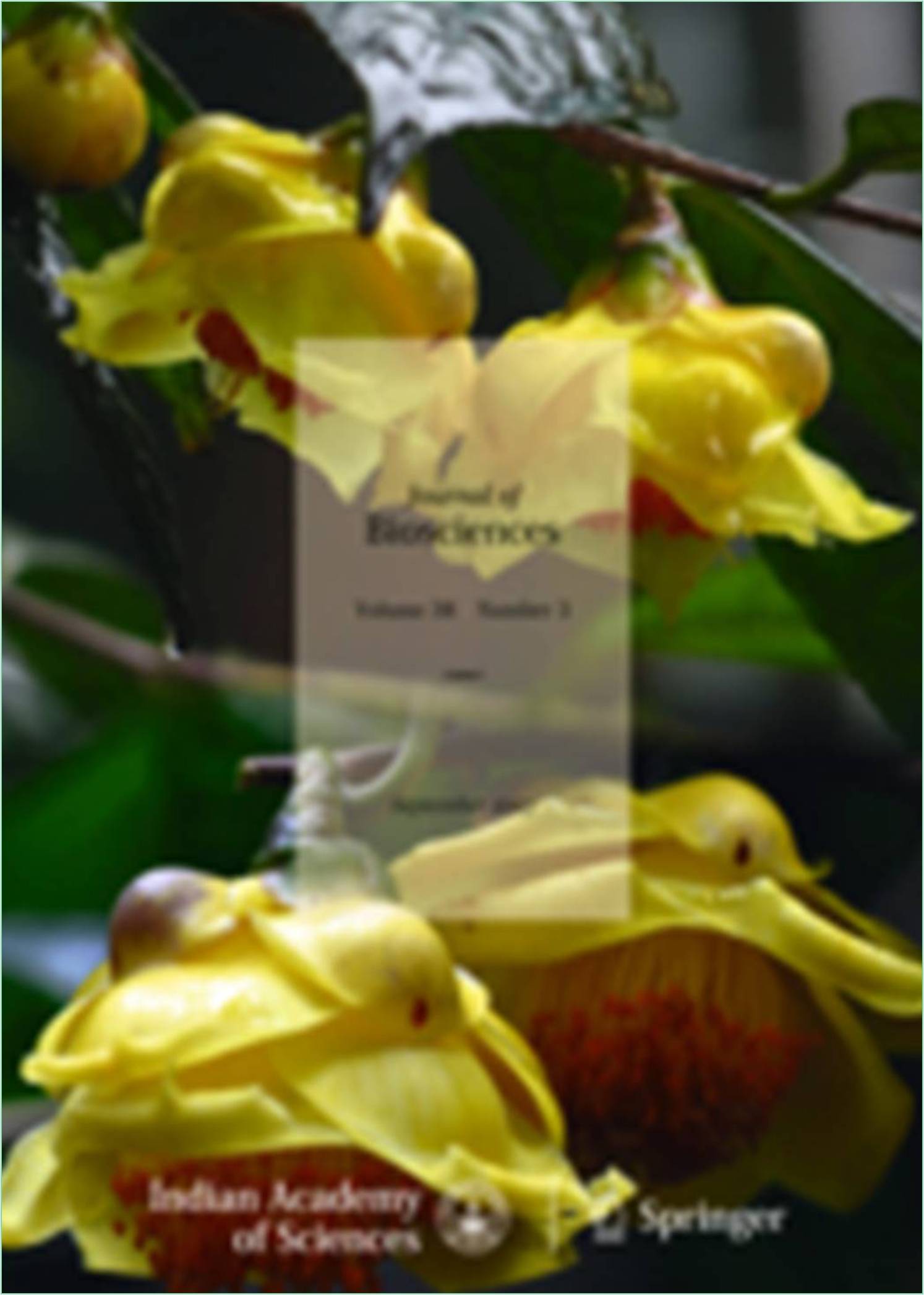



Received: 25-Jul-2022, Manuscript No. IJBB-22-74328; Editor assigned: 28-Jul-2022, Pre QC No. IJBB-22-74328 (PQ); Reviewed: 04-Aug-2022, QC No. IJBB-22-74328; Revised: 18-Aug-2022, Manuscript No. IJBB-22-74328 (R); Published: 25-Aug-2022, DOI: 10.15651/IJBB.22.9.008
The ribosomes are macromolecular machines that catalyze the synthesis of proteins from amino acids; and assembly into subunits that takes place in the nucleolus and includes in the association of Ribosomal RNA (rRNA) with ribosomal proteins that are translocated from the site of synthesis in cytoplasm. The individual subunits are transported into the cytoplasm, where they remain separate from each other and are not actively synthesizing proteins. Ribosomes are granules at approximately 25 nm in diameter, composed of rRNA molecules and proteins assembled into two unequal subunits. The subunits can be separated by sedimentation coefficients (S) in an ultracentrifuge into larger 60S and smaller 40S components.
The ribosome has been revealed as a wonderfully complex RNA-based machine. Here, we give an overview of these results and integrate them with the mechanisms of ribosomal synthesis. The three-dimensional structures of isolated ribosomal subunits and intact ribosome have recently been solved by X-ray crystallography with atomic resolution1-4. The analyses that are used in the ribosomes from thermophilic bacterium Thermus thermophilus for 30S subunit and to intact 70S ribosome, and the archaeon Haloarcula marismortui for 50S subunit. The structural analyses followed and built on electron microscopy analyses of overall structures of the subunits and functional complexes.
This attractive model was recently tested by mutagenesis of key residues A2451 and G2447. Mutations in G2447 that were predicted to inhibit the charge-relay mechanism in fact confer resistance to the antibiotic linezolid in vivo, presumably indicating that the ribosomes are functional, and mutation of neither A2451 nor G2447 blocked peptidyl-transferase activity in vitro.
Usage of Mutant Ribosomes A2451U and G2447A
The biochemical and genetic evidence previously suggested the importance of A2451. This residue was a major site of high-yield photo crosslinking of 3-(4'- benzoylphenyl) propionyl-Phe-tRNAPhe when it was bound to P site. Remarkably, the cross linked BP-PhetRNAPhe was reactive in peptidyl transfer when ribosomes were supplied with in the amino acyl-tRNA as an A-site substrate. As A2451 was protected from DMS modification by the amino acyl moiety of P-site bound tRNA, by amino acyl tRNA bound in the A/P hybrid state, and by chloramphenicol and carbomycin, antibiotics that inhibit the peptide bond formation. Thus, interestingly in the DMS reactivity of A2451 is diminished even in the absence of A-site substrate. Finally, in modificationinterference experiments, the A2451 was one of the four for 23S rRNA bases critical for P-site binding.
The essential bases for mechanism of peptidyl-transferase would be expected to phylogenetically invariant. Whereas A2451 is completely conserved in all known sequences, an A to U mutation of the mouse mitochondrial equivalent of nucleotide A2451 rendered cells resistant to chloramphenicol (14). G2447, while present as guanine in over 95% of known sequences, is not absolutely conserved; in yeast mitochondria, a G to A mutation at this position rendered cells resistant to chloramphenicol, whereas G to C mutation in “Halobacterium cutirubrum” resulted in moderate resistance to anisomycin, and another antibiotic inhibitor of peptidyl transfer.
Based on the 23S rRNA structure in the vicinity of A2451, it was further proposed that an altered pKa for A2451 that allows it to perform these catalytic roles was generated through a charge-relay network that mediated through nucleotide bases of G2447 to the phosphate of A2450. If the peptidyltransferase reaction proceeds through the most plausible reaction pathway of direct nucleophilic attack the aminoacyl-tRNA on acyl ester of peptidylt-RNA, and then the 23S rRNA might make a variety of contributions to catalysis, including in the use of intrinsic substrate binding energy and precise substrate positioning. These binding interactions might extend to specific transition-state contacts, which includes oxyanion stabilization. Finally, the reaction could be accelerated by specific chemical contributions from the ribosome, such as metal ion positioning or general acid and/or a general base catalysis.